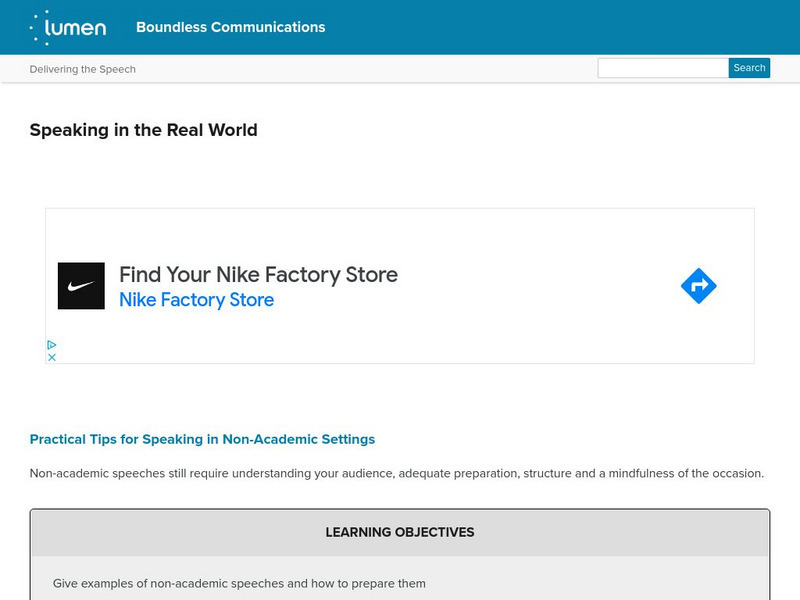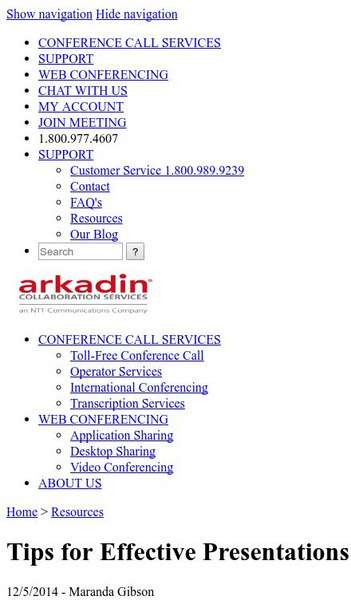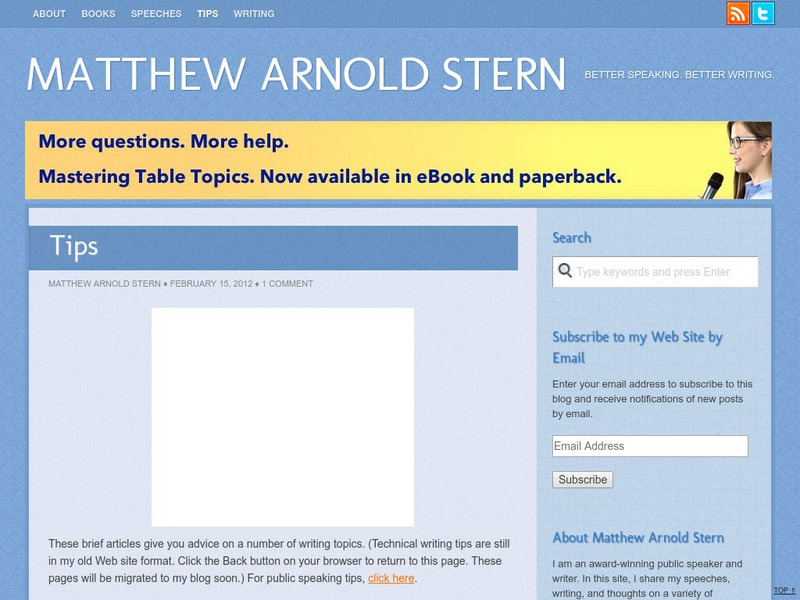Curated OER
Stamp Stories of Abraham Lincoln
Students build a 5 stamp collection based on the Abraham Lincoln unit theme. In this historical lesson plan, students discuss their collections within their group and build a new collection of 10 stamps. As a class, students debates the...
Curated OER
"Escuela" Debate
Students observe a documentary on "Escuela" to explore the life and education of migrant families. After discussing the related topics in the movie, students share their conclusions migrant farmworkers. Using the Internet and other...
Curated OER
Writing an Academic Argument on the House of Lords
Students debate the main roles of the House of Lords and argue whether or not it is necessary. Teams debate the pros and cons of the House of Lords then take a class vote on which side argues it case most persuasively. Using the...
Curated OER
How Are Boundaries Made, Kept, Broken?
Learners examine the different perspectives of Igbo women. They simulate a silent debate in response to the question, "Is the Igbo society sexist?" They write their response to the question and exchange papers with their partner as the...
Curated OER
The Lincoln-Douglas Debates of 1858: Interactive Map Activity
Young scholars utilize an interactive map to explore the 1858 Senate campaign in Illinois. They examine how factors such as population, transportation, and party strongholds can affect campaign strategies. Students write an essay...
Curated OER
The Media and You
Students create a system to approach news articles. They analyze media content for main ideas and overall themes and summarize key points. Students draw upon personal experiences to build on ideas presented in news articles.
Curated OER
Campaign Hot Buttons
Students participate in a simulation that asks them to work as staffers for a candidate running for office. They are assigned to design, administer, and analyze a simple poll on an important community issue. Students develop a position...
Curated OER
the Young Offenders Act: Modeling Parliamentary Proceedings
Students examine parliamentary procedure by following rules of order, constructing and presenting well thought out arguments, and submitting reports of the proceedings.
Curated OER
Cycling Through Controversy
Students research different perspectives and debate environmental issues. They consider different viewpoints when proposing solutions.
Other
How to Analyze a Speech
An interesting approach to how to analyze a speech. Presents a rhetorical pentangle as well as a rhetorical triangle, where each of the vertices represents an item to analyze. There is also an outline of the different areas to examine in...
Other
Storytelling to Assess Speaking and Listening
An effective use of rubrics that encourages the student storyteller how to determine if his/her audience is listening. Learn about the different listening skill rubrics, storytelling rubrics and a self-assessment guide that asks the...
Lumen Learning
Lumen: Boundless Communications: Contextual Factors to Consider
In this Boundless Communication presentation, students will learn about contexts to consider when preparing a speech including physical, the psychology of audience, audience opinion of you and topic, and audience knowledge of the topic.
Lumen Learning
Lumen: Boundless Communications: Speaking in the Real World
Students will learn practical tips for speaking in non-academic settings. SL.9-10.6 Adapt to task/formal. CSS.ELA-Literacy.CCRA.SL.6
Lumen Learning
Lumen: Boundless Communications: Rehearsing the Speech
Students will learn ways and reasons to rehearse for a speech.
Columbia University
Columbia: Tips for Effective Presentations Using Four Important Design Concepts
Excellent, clear guidelines to aid you in using visual aids in a presentation. Curser down to find the information. W.9-10.6 Techno, SL.11-12.5 Audio Visuals
Other
Public Speaking and Writing Tips
Over 20 useful tips on technical writing and public speaking. Many different categories within each topic are discussed. For public speaking tips, CLICK on the highlighted CLICK HERE at the end of paragraph 1.

















